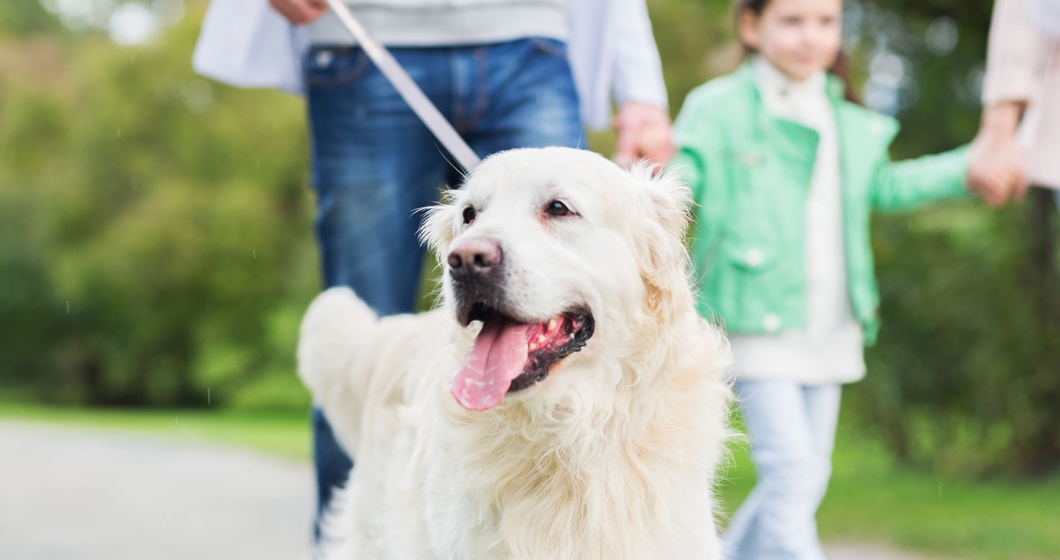In recent years, the concept of pet-friendly communities has gained significant traction, with more individuals choosing to share their living spaces with beloved furry companions. For homeowners' associations (HOAs), fostering an environment that accommodates pets is not only beneficial for pet owners but also enhances the overall quality of life within the community.
By implementing thoughtful measures and amenities, HOA managers can create a welcoming atmosphere that prioritizes the well-being of both residents and their pets.
One of the most practical initiatives HOAs can undertake is the installation of pet waste stations throughout the community. These stations typically consist of waste bag dispensers and trash receptacles strategically placed in designated areas such as parks, walking trails, or common areas.
By providing convenient access to waste disposal facilities, HOAs encourage responsible pet ownership and help maintain cleanliness within the community. Regular maintenance and replenishment of supplies ensure that pet owners can easily clean up after their pets, reducing the risk of unsightly messes and unpleasant odors.
In addition to pet waste stations, HOAs can also consider installing outdoor dog bowls equipped with fresh water sources. Hydration is essential for pets, especially during hot weather or periods of physical activity. By offering accessible water stations, HOAs promote the health and well-being of pets and contribute to a safer environment. These bowls can be strategically placed in high-traffic areas or near popular walking routes, ensuring that pets have ample opportunities to rehydrate while exploring the community.
HOAs can also organize pet-friendly events and activities to foster a sense of community among pet owners. Hosting pet parades, obedience training classes, or dog-friendly social gatherings not only provides opportunities for residents to bond but also encourages responsible pet ownership and positive interactions between neighbors. By promoting a supportive and inclusive atmosphere, HOAs strengthen community ties and create lasting connections among residents and their pets.
Another great thing HOAs can consider is implementing pet-friendly landscaping practices. Designing outdoor spaces with pets in mind means selecting pet-safe plants, avoiding toxic substances such as pesticides or fertilizers, and maintaining well-defined pathways to prevent pets from trampling sensitive vegetation. By prioritizing pet-friendly landscaping, HOAs create safe and enjoyable outdoor environments where pets can roam freely without posing a risk to their health or the surrounding ecosystem.
HOAs can (and should) establish clear guidelines and regulations about pet ownership within the community. These guidelines may include leash requirements, pet registration processes, noise control measures, and designated pet play areas. By setting clear expectations and boundaries, HOAs promote harmony between pet owners and non-pet owners, minimizing potential conflicts and ensuring a peaceful coexistence within the community.
Finally, HOAs can collaborate with local animal shelters or rescue organizations to support pet adoption and responsible pet ownership initiatives. Hosting adoption events, providing informational resources, or facilitating pet wellness clinics demonstrate a commitment to animal welfare and community engagement. By working together with external partners, HOAs can leverage resources and expertise to promote a pet-friendly culture and make a positive impact beyond the boundaries of the community.
In conclusion, HOAs play a crucial role in creating and maintaining pet-friendly communities that cater to the needs of both residents and their beloved pets. By implementing practical measures such as pet waste stations, outdoor water bowls, and pet-friendly events, HOAs enhance the overall quality of life and foster a sense of belonging among residents. Through proactive initiatives and collaboration with stakeholders, HOAs can contribute to the well-being of pets and create vibrant, inclusive communities where pets are valued members of the family.


